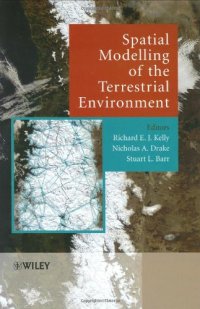
Ebook: Spatial Modelling of the Terrestrial Environment
Spatial Modelling of the Terrestrial Environment deals with the use of remote sensing, numerical models and GIS in addressing important natural and human environmental sciences issues, focusing on the theory and application of modelling remotely sensed data within the context of environmental processes. Extensive case material exemplifies the latest research and modelling paradigms presented in the book.
- Addresses important research themes through a series of applications.
- Presents a range of spatial modelling examples and demonstrates how they can be used to inform and enhance our understanding or the terrestrial environment.
- Uses a range of tools, such as remote sensing instruments, geographical information systems and numerical simulation methods.
- Each section is prefaced with an introduction to key research practices, ensuring the accessibility of all topics.
This book is essential for postgraduate and academic researchers in remote sensing, GIS, physical geography, environmental science, geology and urban geography. Professionals working with remotely-sensed data and GIS in the context of environmental modelling would find this book an essential reference-source. In addition, it will make valuable reading for upper-level undergraduates taking modules in remote sensing and spatial modelling within departments of geography, environmental science and geology.